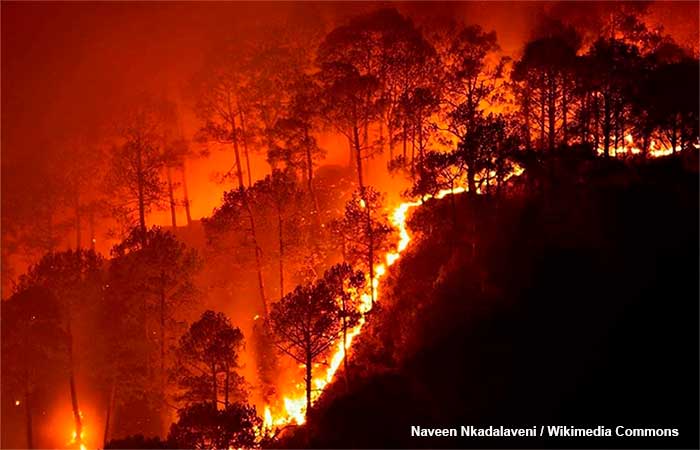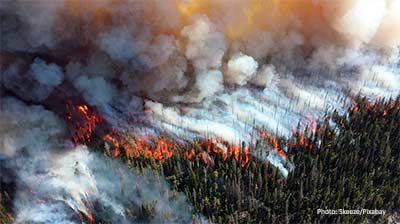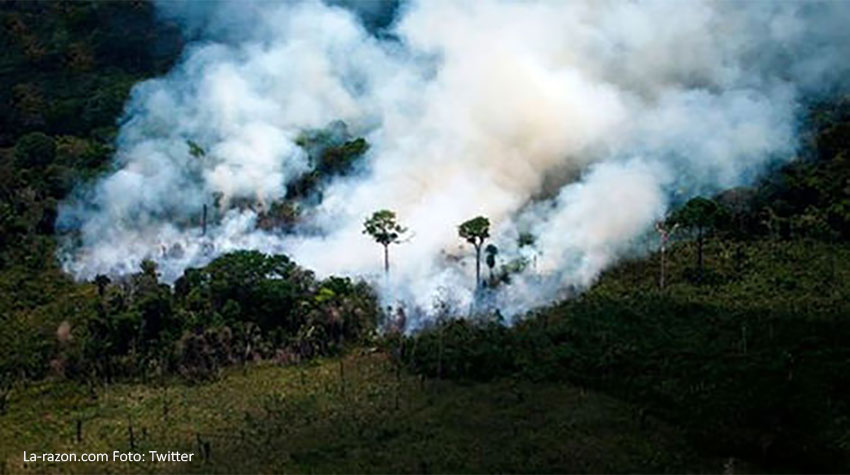FAQs about Wildfires

9. Why do forest fires cause water shortages?
Forests perform an especially important role in the water cycle or hydrological cycle. This begins through the phenomenon of the evaporation of water, which as it rises from the surface is transformed into vapor, forming clouds. The small drops come together and as they condense; they fall in the form of rain that partly falls on the rain forests itself and in another irrigates more distant places. These precipitations, in normal conditions, keep the forests and their areas of influence with permanent humidity.
One of the consequences of the mega forest fires is the destruction of the vegetation cover. As a result, the hydrological cycle is altered, reducing the production capacity of water vapor, rainfall and humidity in the forest and its surrounding areas. Therefore, forest fires are one of the causes of drought and water scarcity. When deforestation is hostile, the drought is extreme, and the doors are opened to the decrease of the population’s water reserves. Every tree felled or burned is a foretaste of less water in the future.
The deforestation-wildfire duo finds its main exponents in Southeast Asia (Borneo), in Africa (Congo and other countries) and in South America (Amazonas). These reservoirs of biodiversity have suffered irrational deforestation, and for now uncontrollable due to the issue of “national sovereignty”, a favorite argument of the governments involved in these ecological catastrophes.
FAQs about Wildfires
1. What is a wildfire, and which are the most affected countries?
2. What are the causes of wildfires?
3. What are the consequences of wildfires?
4. Are wildfires a cause or consequence of global warming?
5. What is the relationship between deforestation and forest fires?
6. Why is it difficult to regulate the deforestation of forests?
7. How is biodiversity affected by forest fires?
8. How does smoke from fires affect air pollution?
Other sections of Wildfires
Articles
It is no little that is at stake in the Amazon rainforest. The lung of the world should not be a token in a casino roulette. This biodiversity emporium is about 7 million km2, it is 12 times the size of Spain, it has 80,000 kinds of trees, 140,000 species of plants, 20% of the world’s species. Keep reading…
And you can also see it in…
Infographics

Photo Gallery

Video gallery



